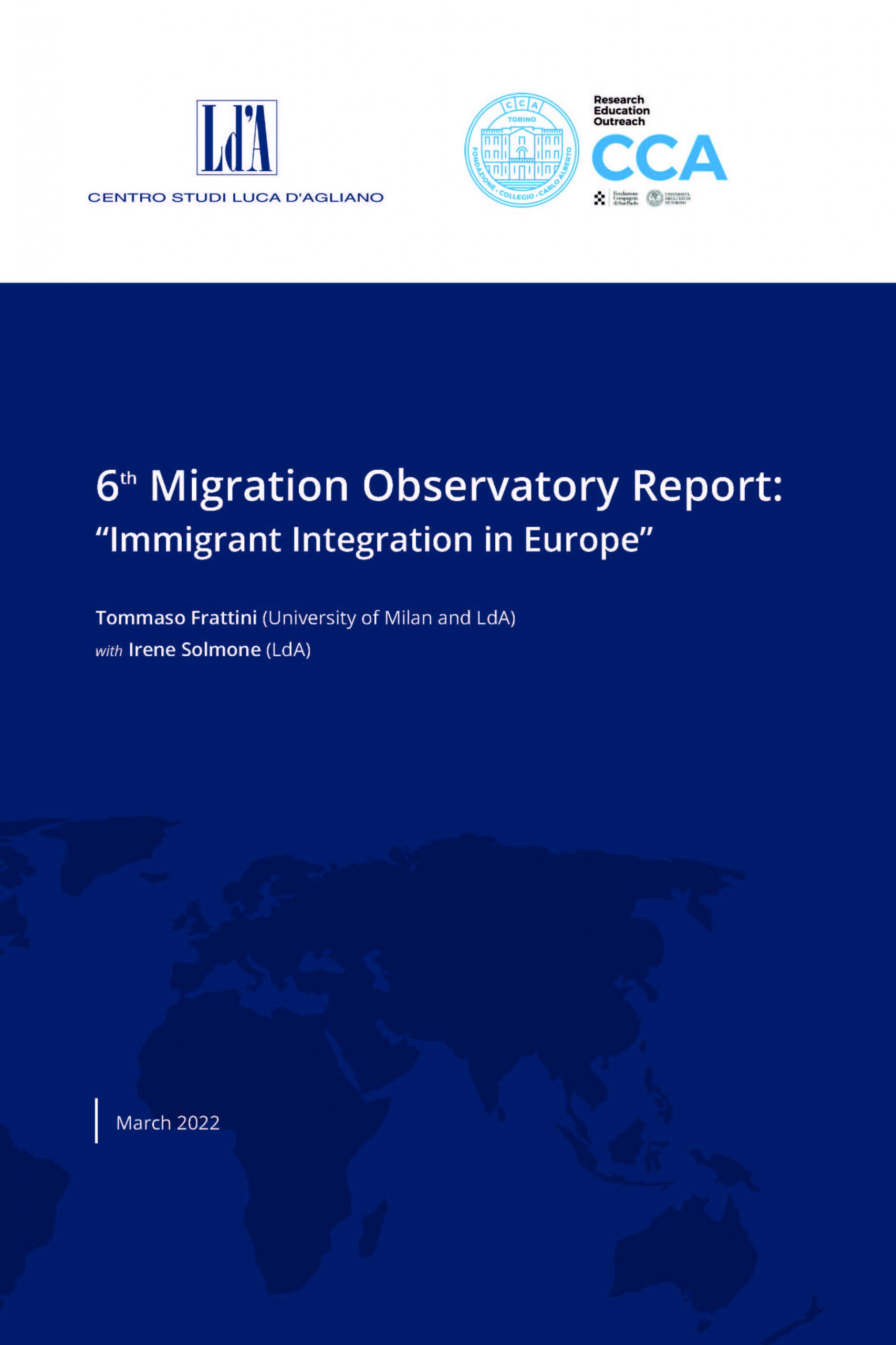6th Migration Observatory Report "Immigrant Integration in Europe"
Abstract:
The report is articulated in two parts. In the first part, we use data from the latest edition of the European Labour Force Survey (2020) to provide a concise, easily accessible and up-to-date source of reference regarding the size, characteristics, and relative economic performance of immigrants in EU countries. In the second part, instead, we focus on the gendered dimensions of immigrant economic integration. First, we describe the main characteristics of immigrant women in Europe and contrast them with those of immigrant men; then, we analyse their differential labour market outcomes relative to both immigrant men and native women.
We show that women face considerable disadvantages in the labour market. They have a lower employment probability, are employed in less economically rewarding occupations, and earn lower wages than men even when they perform comparable jobs. Such gender inequality is exacerbated for immigrant women, who face labour market penalties over and above those faced by immigrant men.
Featured in:
ANSA; Domani; InfoMigrants; Secondo Welfare.

